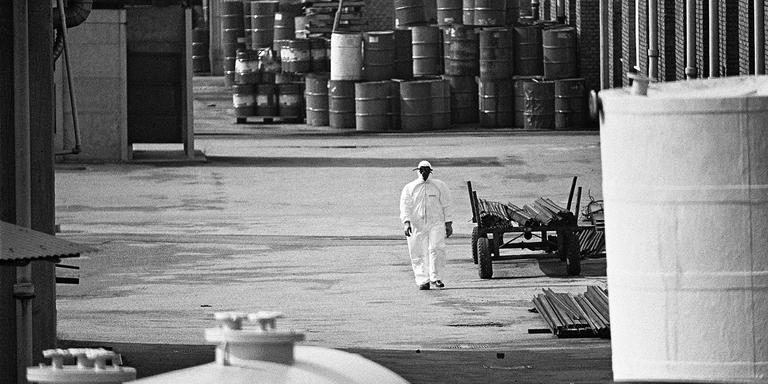


Seveso's poisoned summer: 'Nature became our enemy'
Long ReadOn July 10, 1976, an explosion at a chemical plant in Seveso near Milan, Italy, released a cloud of dioxin that durably contaminated the region and its inhabitants. In 1982, this disaster led Europe to adopt its first directive aimed at preventing the risks associated with hazardous industrial sites.
Judging by her career arc, Alessia Borroni's election as mayor of Seveso in 2021 seemed predictable. First, the center-right politician was backed by Matteo Salvini's far-right Lega party, which has a strong presence in the Lombardy region, where it was founded in 1989 under the name of the Northern League. She is also a native of the region, born in this former industrial town of 24,000 inhabitants, some 20 kilometers north of Milan.
But above all, and even though she was only two years old when it happened, she lived through the town's tragedy, the first industrial disaster to jolt public opinion, long before Bhopal in India (December 2, 1984) or Chernobyl in the Soviet Union (April 26, 1986): the explosion of the Icmesa plant on July 10, 1976, which released a cloud of dioxin into the air. While the accident did not cause any casualties, 193 children suffered from chloracne, a serious skin disease. Not to mention the abortions, the 800 people who were forced to move out, the 220,000 people placed under medical surveillance and the homes razed to the ground.
Borroni's destiny seems to have been shaped by this catastrophe. "I've lived here all my life," she said, her hair slicked back and her polished nails typing away on her laptop. "I studied physics and organization sciences and did my university thesis on the crisis in complex industries. My aim was to understand where the mistake had been made. Everything was missing at Icmesa: protocols, controls, staff training, investments to modernize equipment... The series of errors began to accumulate. And it was incredibly hot that summer. The plant was drawing on the water table to cool the tank, and the water was running out." She specified that she did not use her expertise as a campaign argument. She knows that in Seveso, everyone avoids dwelling on the past.
10,000 locations classified 'Seveso' in Europe
And yet, this accident represents a seminal event in environmental law, as it led to the adoption of a major European directive on the prevention of major industrial hazards in 1982, the so-called "Seveso Directive." Amended twice, it was designed to identify establishments that present a serious environmental risk and set standards to prevent disasters. Since it came into force, 10,000 sites in Europe, including approximately 1,300 in France, have been classified as Seveso: Their operators are obliged to conduct studies to identify accident scenarios, assess their consequences and implement preventive measures.
You have 83.95% of this article left to read. The rest is for subscribers only.
